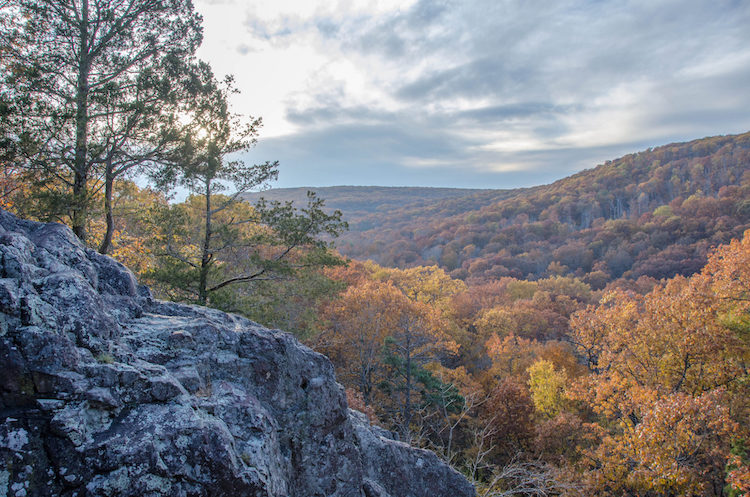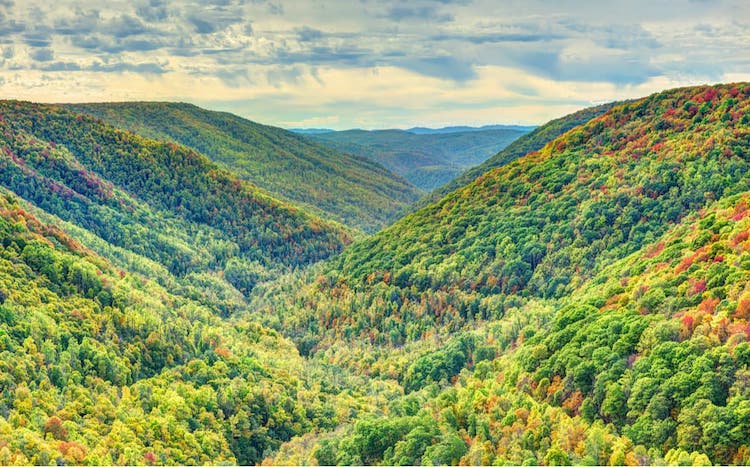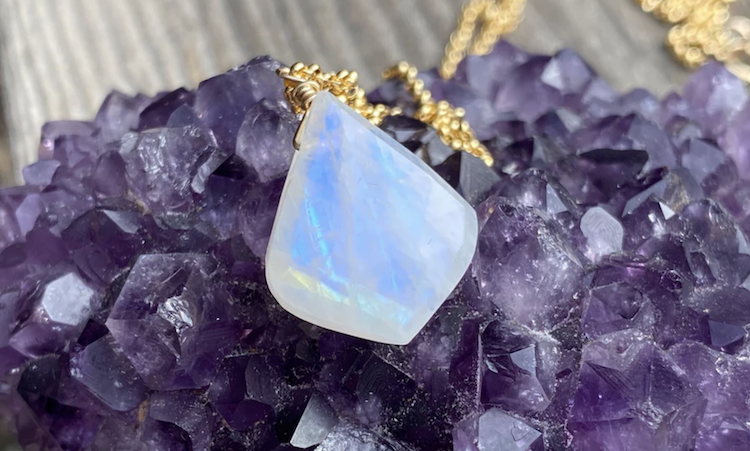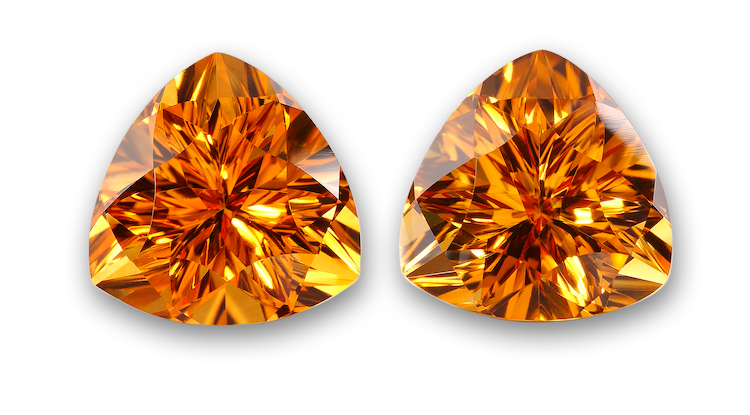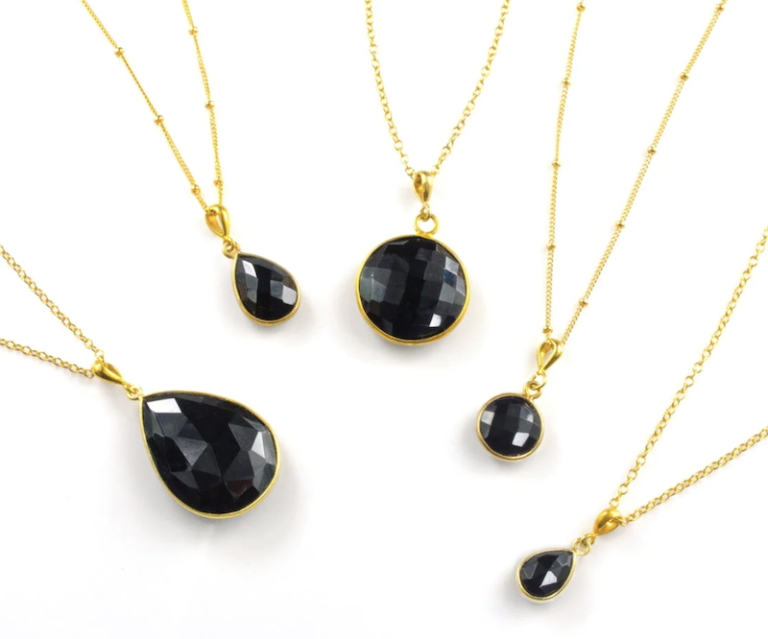How Much are Geodes Worth by Type and Color?
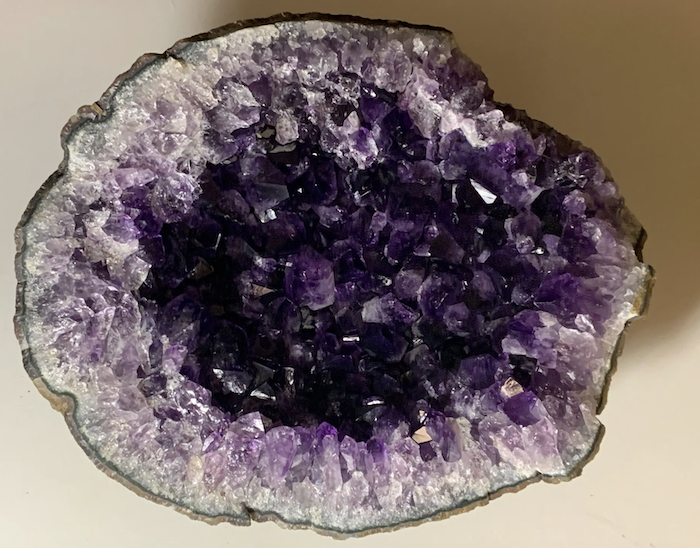
Have you ever uncovered geodes while you are out exploring nature? Geodes are beautiful rocks with hidden treasures. So, if you are wondering how much are geodes worth, this guide is for you.
The mesmerizing world of geodes, those unassuming rocks that conceal stunning crystals within, has captivated the imagination of collectors, enthusiasts, and geologists alike. These geological wonders come in various types, each boasting unique characteristics.
A geode can be worth anywhere from $5 to $1000 depending on its type and location. There are a range of factors influencing the value of a geode. In this article, we will look at the worth of common types of geodes, and factors that determine their price.
What Are Geodes
Geodes are geological formations that house crystal interiors, creating a captivating contrast between their nondescript exterior and the dazzling world within. These formations occur in two main types: volcanic geodes and sedimentary geodes.
Volcanic Geodes
Volcanic geodes, also known as gas cavities or vesicles, form during volcanic activity. As molten lava cools and solidifies, gases trapped within the lava create cavities. Over time, these cavities can become filled with a variety of minerals, forming the stunning crystals found in volcanic geodes.
Sedimentary Geodes
Sedimentary geodes, on the other hand, form through a different process. They originate in sedimentary rocks, which are created by the accumulation and compression of sediment over time.
Within these sedimentary rocks, geodes can form as a result of mineral-rich solutions seeping into cavities or pockets in the rock. Over time, crystals grow within these cavities, creating the beautiful specimens we associate with geodes.
Let’s take a look at how much geodes are worth based on their different types.
Also read:
- How much is fluorite worth
- How much is calcite worth
- How much is citrine worth
- How much is coral worth
Are Geodes Worth Money
A geode can be worth anywhere between $5 to $1000, depending on various factors such as its type, location, and more. Here are different types of geodes and their worth:
1. Amethyst Geodes
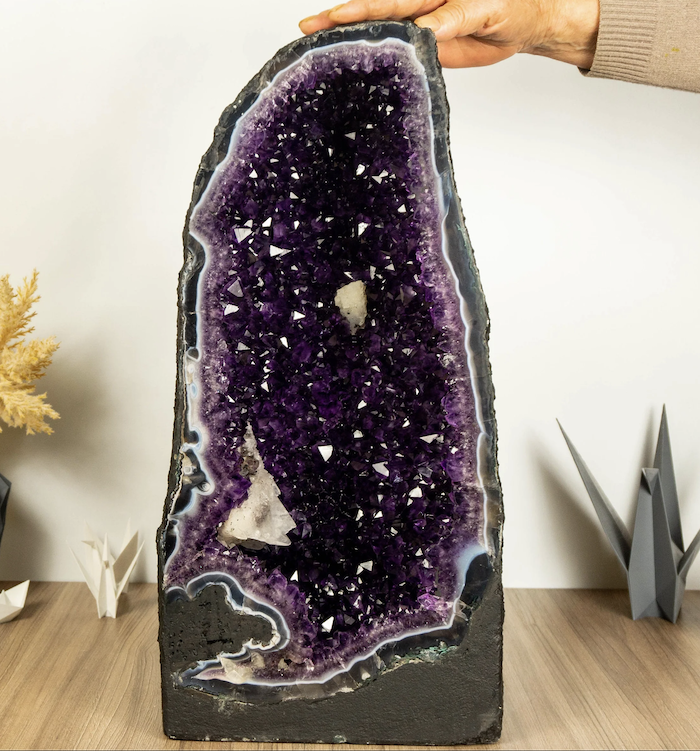
Amethyst geodes are among the most sought-after and valuable geodes. The deep purple hue of amethyst crystals, combined with their transparency and often large crystal formations, contributes to their high market value.
Larger amethyst geodes, particularly those with intense color saturation, can fetch thousands or even tens of thousands of dollars. Amethyst geodes are among the most valuable geodes in the world.
The most expensive amethyst geode was sold at an auction in 2020 by Bonhams for $9,638. The geode was uncovered in Uruguay.
How much is an amethyst geode worth: An amethyst geode can sell for $50 to $100 per kilo depending on the purity of the amethyst crystalls.
2. Agate Geodes
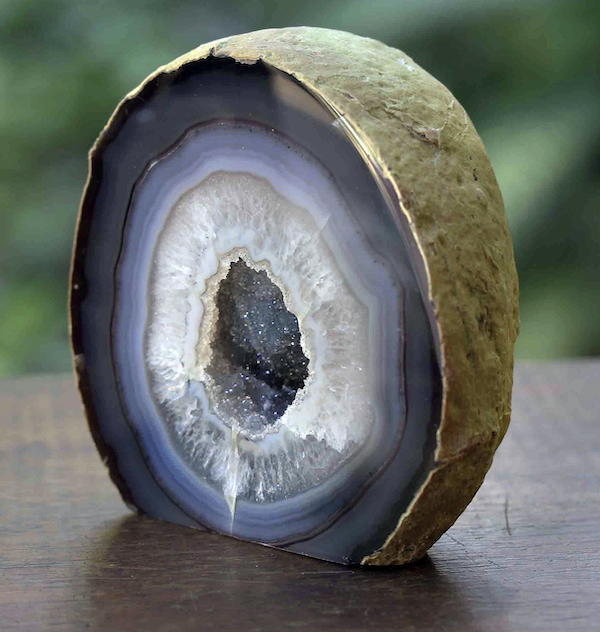
Agate geodes are renowned for their banded and multicolored patterns. The value of agate geodes depends on the richness of colors, clarity, and the intricacy of banding.
Blue lace agate, for example, is highly prized for its delicate, sky-blue bands. Prices for agate geodes vary widely, with more vibrant and well-defined patterns commanding higher values.
How much is an agate geode worth: An agate geode can sell for $1 to $4 per carat depending on the mesmerizing patterns inside.
3. Quartz (Druzy) Geodes
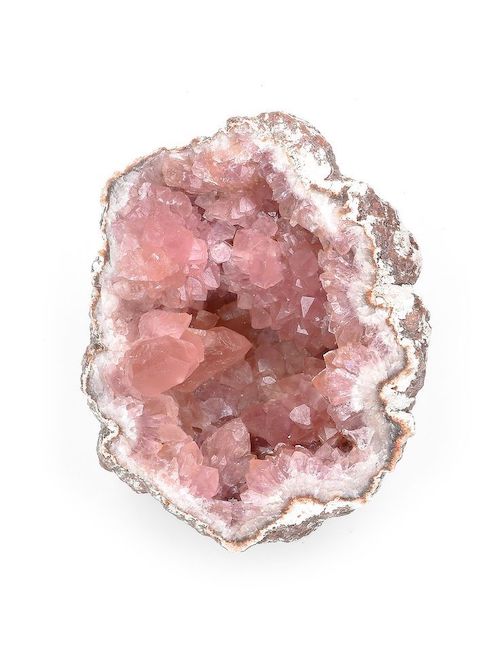
Quartz geodes, also known as druzy geodes, are popular for their sparkling, crystalline interiors. These geodes are filled with quartz crystals of different colors like white, clear, smoky, rose, and even purple.
The value of quartz geodes is influenced by factors such as crystal size, transparency, and overall aesthetics.
Larger crystals with a clear or smoky quartz coloration are generally more valuable. The druzy texture, characterized by tiny crystal points covering the interior surface, adds to the allure and value of these geodes.
The most expensive red quartz geode was sold in 2020 by Bohnman’s auction for $10,195. The red quartz geode is extremely rare, making it one of the most expensive in the world.
How much is a quartz geode worth: A quartz geode can sell for $1 to $5 per carat depending on the color of the crystals inside.
4. Calcite Geodes
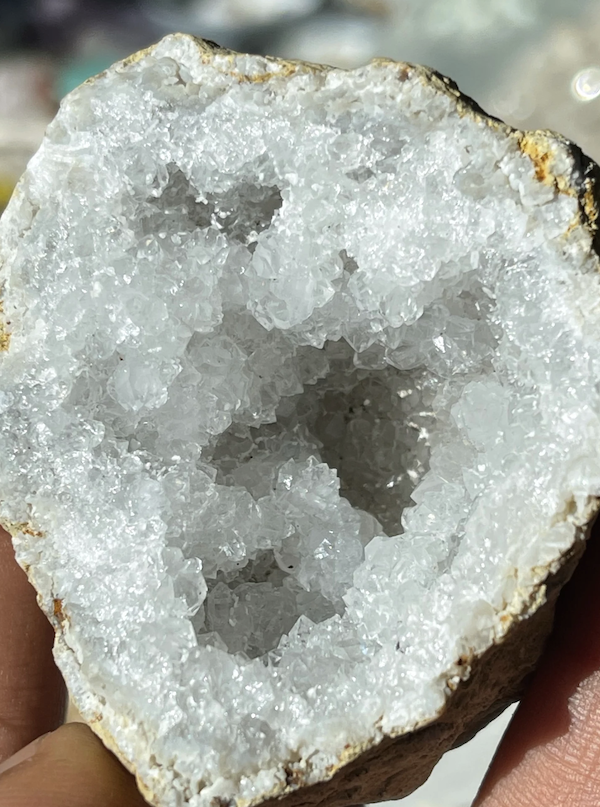
Calcite geodes exhibit a wide range of colors, including orange, green, and red, depending on the presence of impurities. The value of calcite geodes is influenced by the color intensity, crystal size, and overall condition.
Exceptional specimens with vibrant colors and well-formed crystals can command significant prices, especially in the collector’s market.
How much is a calcite geode worth: A calcite geode can sell for $0.5 to $1.2 per carat depending on the color of the crystals inside.
5. Celestite Geodes
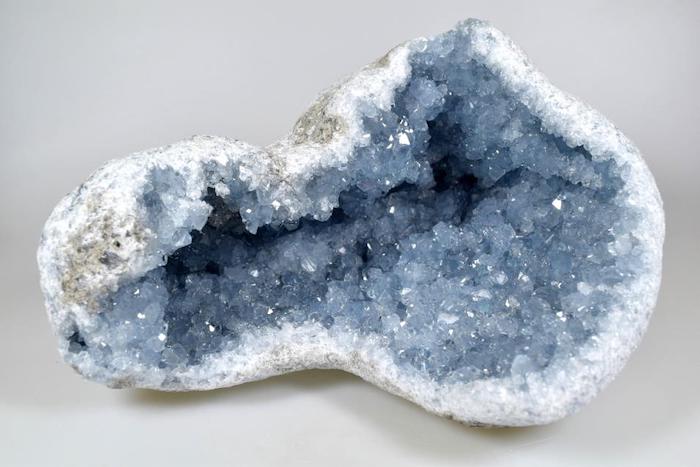
Celestite geodes are prized for their delicate blue crystals. The color, transparency, and crystal size contribute to the value of celestite geodes. Larger and more intense blue crystals are generally more valuable.
Celestite geodes with well-formed crystal clusters can be highly sought after by collectors, and their prices reflect their rarity and aesthetic appeal.
How much is a celestite geode worth: A celestite geode can sell for $0.2 to $1 per carat depending on the color of the crystals inside.
6. Chalcedony Geodes
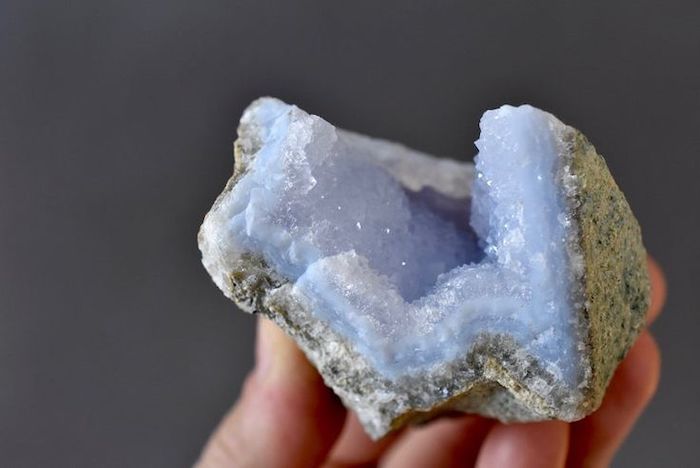
Chalcedony geodes, known for their translucent and waxy appearance, encompass a variety of colors, including blue, white, and pink.
The value of chalcedony geodes is determined by factors such as color intensity, transparency, and the presence of unique formations.
Blue chalcedony geodes, for example, are often more valuable than those with paler colors. Chalcedony geodes with intricate crystal formations may also command higher prices.
How much is a chalcedony geode worth: A chalcedony geode can sell for $2 to $4 per kilo depending on the color of the crystals inside. Blue chalcedony geodes go for hundreds of dollars depending on their size.
Factors that Determine the Price of Geode
Here are some common factors that determine the price and value of geode.
Size
Size plays a significant role in determining the value of a geode. Larger geodes are generally more valuable, especially if they contain sizable and well-formed crystals.
Collectors often seek impressive, statement pieces to showcase in their collections, making larger geodes more desirable and, consequently, more expensive.
One of the world’s largest amethyst geodes is 5 meters in height and it sold for $400,000 in 2020 at an auction by Bonhams.
Color
Color is a crucial factor in assessing the value of a geode. Vibrant and intense colors, whether in the form of amethyst’s deep purple, agate’s rich bands, or celestite’s delicate blue, contribute to a geode’s visual appeal and market value. The rarity and uniqueness of certain colors can significantly impact a geode’s worth.
Clarity
The clarity of the crystals inside a geode is another critical consideration. Clear, well-defined crystals are generally more valuable than cloudy or opaque ones.
The transparency of the crystals allows light to pass through, enhancing the visual appeal of the geode and contributing to its overall value.
Rarity
The rarity of a particular type of geode or the occurrence of unique formations within it can greatly affect its value. Geodes with uncommon colors, crystal formations, or geological features may command higher prices due to their scarcity and desirability among collectors.
Condition
The overall condition of a geode, including the state of its exterior and the quality of its crystals, influences its value. Geodes that are well-preserved, with minimal damage or wear, are generally more valuable.
Crystals that are intact, unbroken, and well-formed contribute to the geode’s aesthetic appeal and, consequently, its market worth.
Market Demand
Market demand is a dynamic factor that can influence the value of geodes. Trends in the collector’s market, as well as fluctuations in demand for specific types or colors of geodes, can impact their prices.
Geodes that align with current trends or are highly sought after by collectors may see an increase in value due to heightened demand.
FAQs
Can diamonds be found in geodes?
Geodes typically contain crystals inside. While it is extremely rare, it is possible for the geode to contain diamond crystals. However, most geodes contain crystals such as calcite, amethyst, and quartz.
How much are fossil geodes worth?
Geodes with uncommon minerals or fossils are sold on mineral auction sites for $30 to $500.
Can you tell if a rock is a geode?
Geodes typically have a round or oblong shape, and they have a bumpy surface. These are also lighter than normal rocks of a similar size. Additionally, some geodes are also slightly translucent, allowing you to see a glimpse of the crystals inside.
Conclusion
Now you know how much a geode is worth. From the ethereal beauty of amethyst geodes to the mesmerizing patterns of agate and the sparkling allure of quartz druzy, each type of geode has its unique appeal and market value.
Understanding the different types of geodes, their individual characteristics, and the factors that determine their value is crucial for anyone looking to explore, collect, or sell these remarkable specimens.
So, before you buy or sell a geode, make sure you understand the factors that determine the price of a specimen. It will help you get the right price for your geode.
